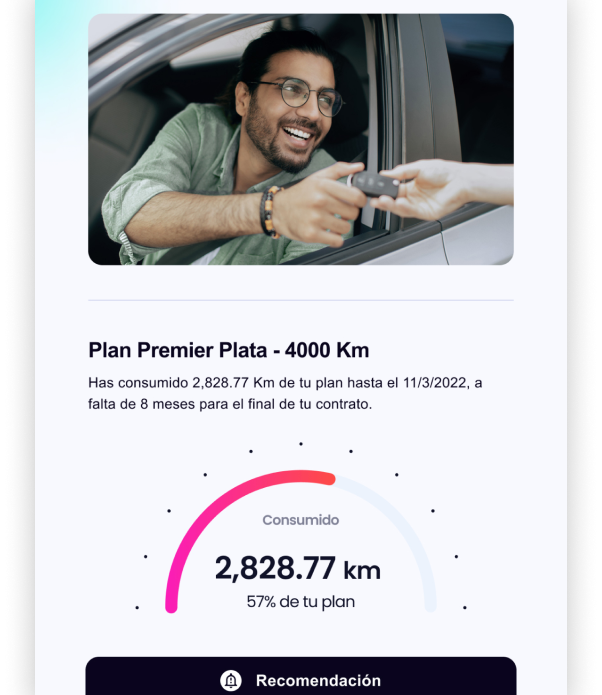
Rimac Seguros y Reaseguros
Pay-Per-Kilometers car insurance offers five plans with varying Km limits for a 12-month period, based on the client's driving habits. If the allocated Km are exhausted, users can upgrade to plans with greater distance by covering the price difference across the remaining months.
This is an insurance for individuals who drive infrequently and aim to save by paying less than a regular auto insurance.
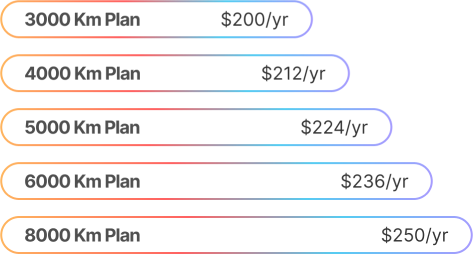
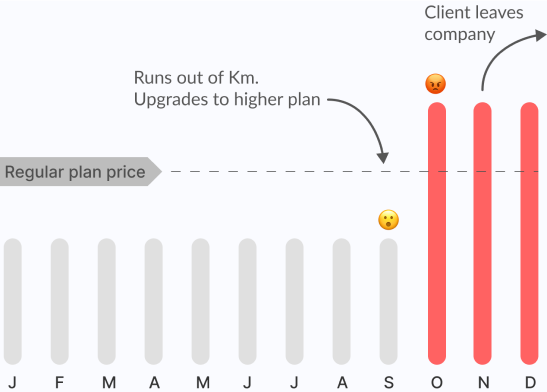
When customers upgrade to pricier plans in the final months, their remaining payments surpass those of a regular car insurance. This cost disparity, even over a brief period, drives a desire to switch to a regular plan with a different insurance company, leading to higher churn rates.
Over 80% switches from Pay-Per-Kilometer to regular car insurance due to costly final-month upgrades.
Exploratory interviews with customers, telemarketing operators, stakeholders and brokers were made to extract this findings. Access to recordings of client sales was also available to validate the authenticity of the interview information.
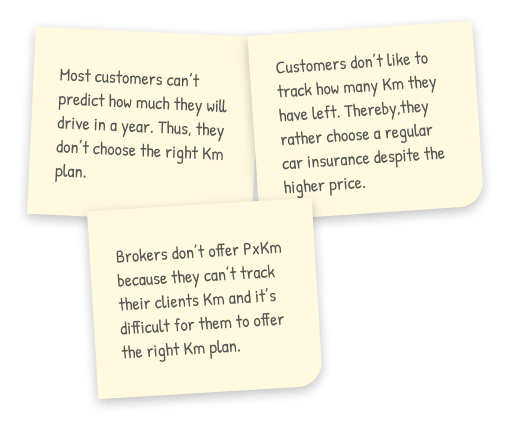
In order to reduce user pain, the solution focuses on letting customers know if their drive pattern fits their plan and inform them the right time to upgrade it to avoid very high payments.
Using customer driving data and machine learning, a predictive model was crafted. It determines if users align with their plan's monthly kilometers consumption. This guides an email with a recommendation for plan upgrades.

Customer pays prorated costs of upgrade in longer periods, lowering next monthly payments.
The email is sent monthly to both clients and brokers, as well as telemarketing operators. This allows all involved parties to view the covered kilometers and request plan upgrades at the appropriate time to avoid generating excessively high payments.
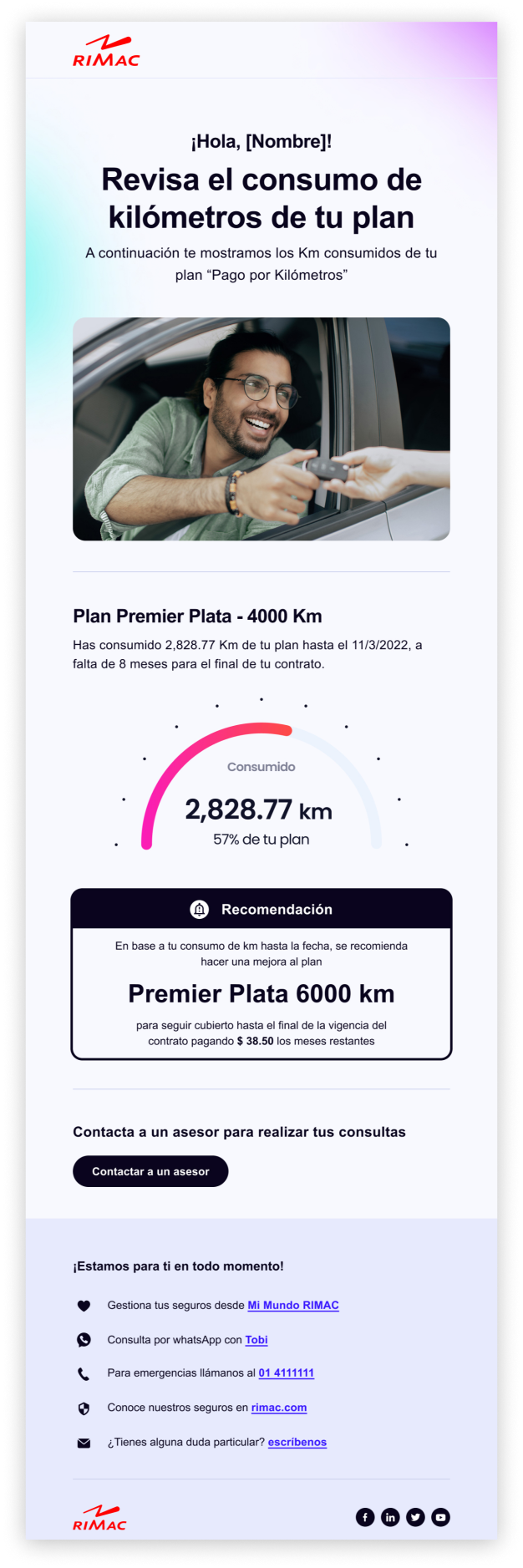
Engaging with all stakeholders across various insurance sales channels and customers themselves provided a clear perspective on the primary pain points that needed addressing.
Communicating the pain points of all stakeholders and assessing long-term insurance efforts and expectations led to identifying the most efficient solution within the planned timeframe.